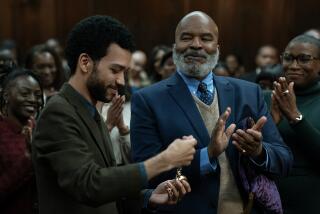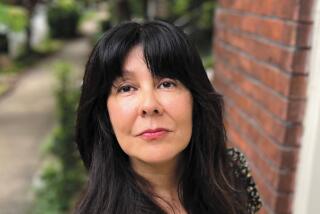What you are getting wrong about Appalachia
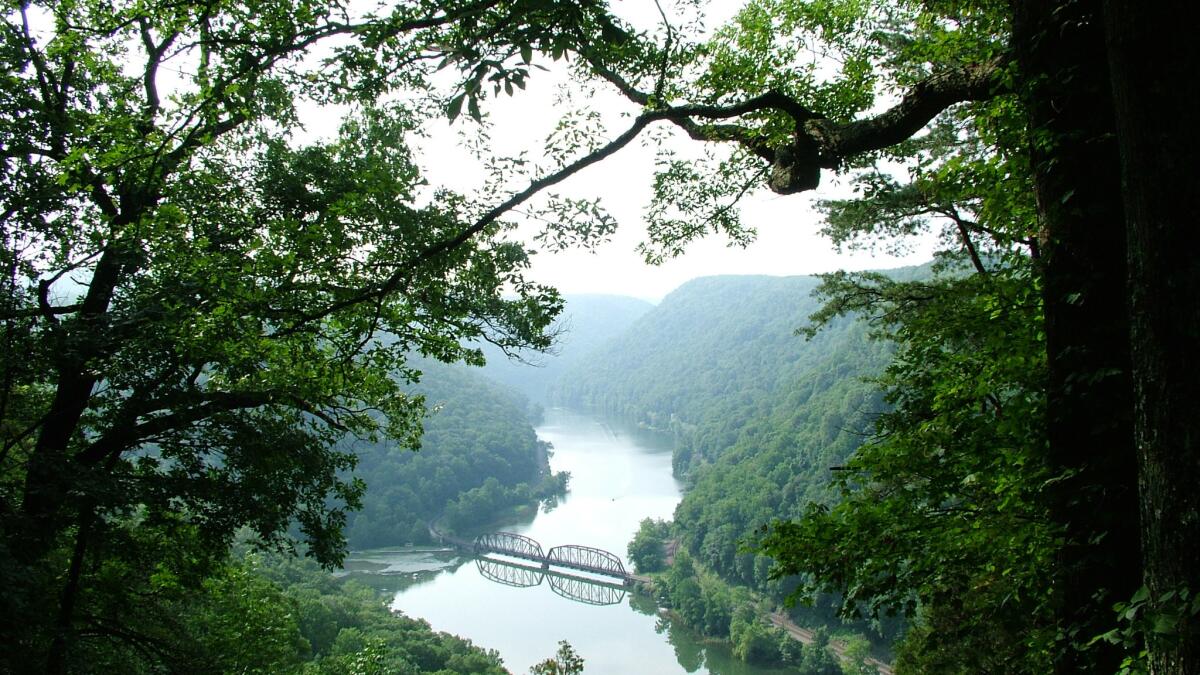
The history of Appalachia is one of exploitation and extraction — and dogged resistance to both. This region, my family’s home for seven generations, has literally powered American life since the 19th century. There is no song, labor union or machine built east of the Mississippi that does not arguably owe its existence to Appalachia or that at least engages with our culture and ecology. The ecosystems of the mountain South, its uniquely influential art and its interdependent communities (particularly communities of color) have been systematically misrepresented and pillaged for centuries now. In these hills, “we’re accustomed,” says Elizabeth Catte in her debut nonfiction book, “What You Are Getting Wrong About Appalachia,” “to serving as passive subjects for others.”
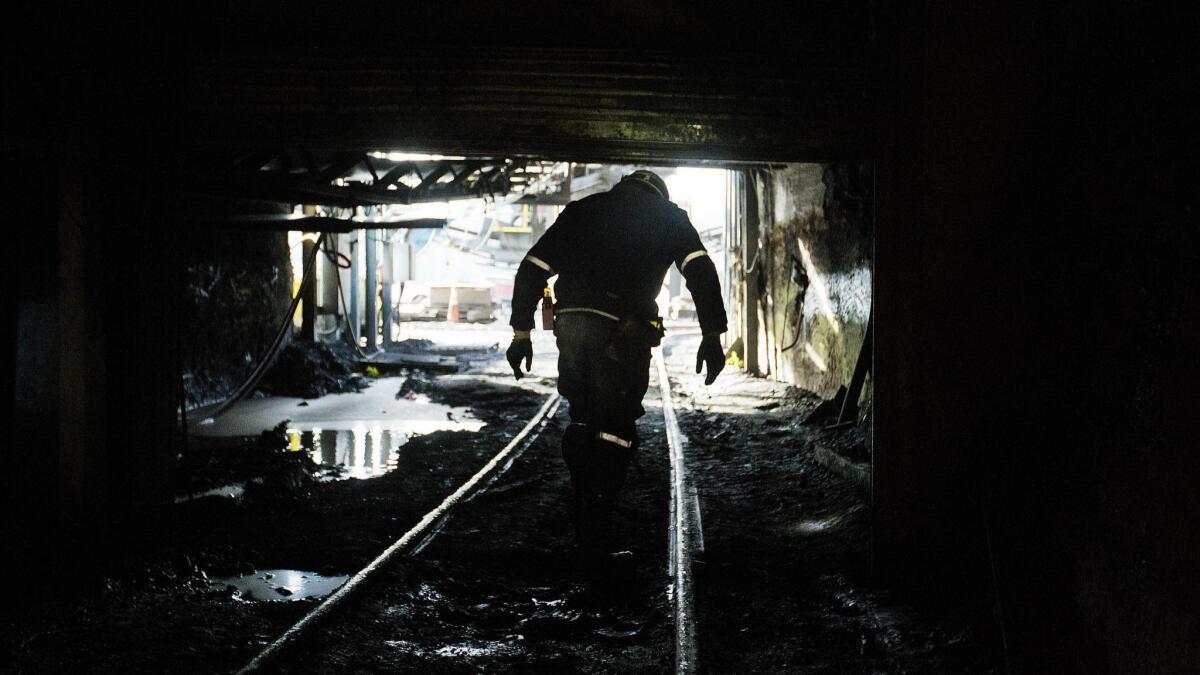
Writers who set their work here are therefore responsible for embracing (or at least acknowledging) that history and for recognizing their own work as but a patch on a large, complex quilt, one that has been touched by both ravaging and patient hands. Often, those hands are highly skilled and belong to Othered, forgotten bodies. As a writer myself, I am constantly intimidated by the astonishing literary tradition that surrounds and precedes me here.
And yet, to hear the men folk tell it, none of this matters.
If you believe Appalachia is monolithically conservative and white, if you assume our story is one of privation, redneckery and pipe smokin’ grannies sipping moonshine, you do so because white men have told you that story. Although the majority of Appalachia’s 25 million inhabitants are indeed white, it is also a place of vibrant matriarchy, where we are “adding African American and Hispanic individuals at a rate faster than most of the nation.” The so-called Scots-Irish tradition of Appalachia is a myth, Catte meticulously explains, designed to “satisfy a particular fetish” of the bourgeoisie. “There is no basis,” she writes, “for the belief that historic or contemporary white Appalachians share a distinct culture informed by their homogenous ethnic heritage.”
This mischaracterization is the deliberate work of privileged outsiders — “universally men and exclusively white,” Catte reminds us. Successful writers like J.D. Vance and filmmaker Martin McDonagh (whose “Three Billboards Outside Ebbing Missouri” was shot in Appalachia) are just two examples of artists who “get famous by selling cheap stereotypes” that Catte lambastes as “stunningly ahistorical,” “exploitative” and downright dangerous. Such writing “unburdens the white viewer from the fatigue of thinking critically about race,” and poverty as well.
The reader (or viewer) is therefore left comfortable with the artist’s appropriation. That comfort distances you from the majority of Southerners, rendering us invisible. Because of this legacy of erasure, readers should be wary of any privileged person’s take on what has lately been termed “Trump Country.” In Appalachia, and indeed everywhere, the experience of white men is often the exception rather than the norm. Further, Catte reminds us, thanks to decades of election tampering, Appalachian governance has rarely represented the will of its people.
In other words, the problem with any conversation about “Trump Country” is the assumption that we belong to Donald Trump in the first place.
When you assume, even sympathetically, that my neighbors are exclusively white, male and conservative, you abet the gaslighting of huge swaths of Appalachia. Instead of helping perpetuate so many people’s invisibility, we should amplify their voices.
One excellent amplification method is to read their books.
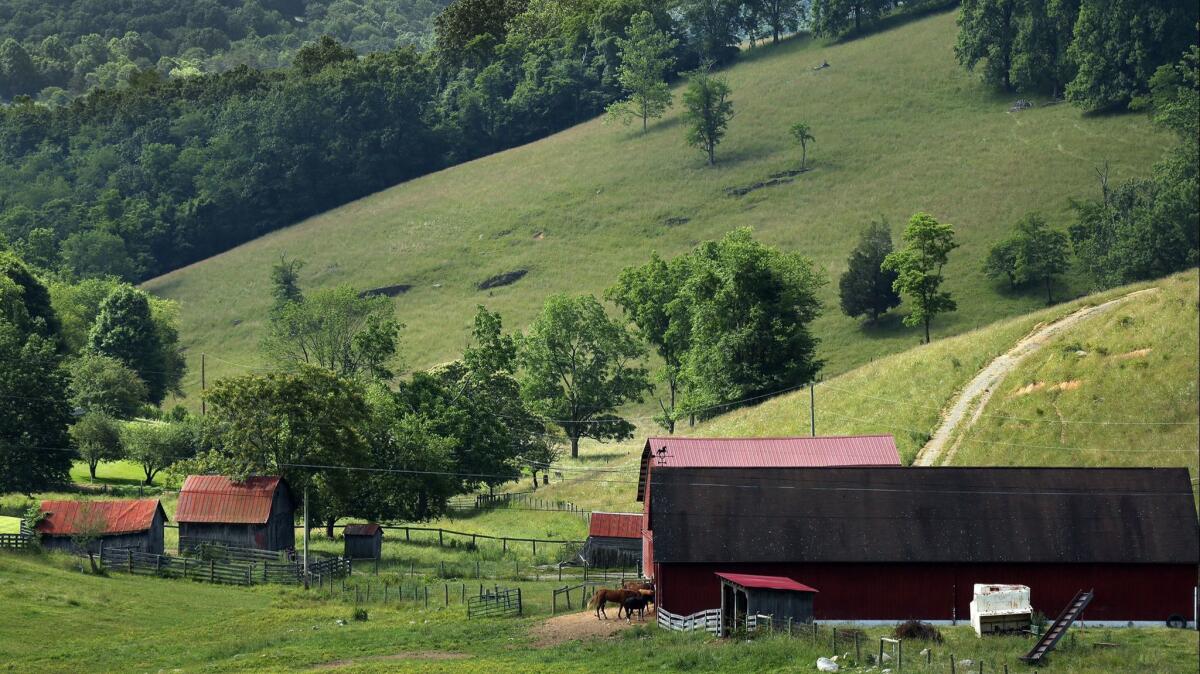
Small presses across Appalachia and the Rust Belt consistently publish, to little fanfare, incredibly diverse work — books that are lush, gritty, surprising and so very true. Perhaps the best example, or certainly the best place to begin, is Catte’s “What You Are Getting Wrong About Appalachia.” This edgy, meticulous work of nonfiction from Cleveland’s Belt Publishing dispels many myths about the region. Catte, a historian born in Tennessee, deconstructs the stereotypes that drive how we use and abuse underclasses and digs deep into the Trump-era meme that Appalachia is a “white ghetto” voting and acting against its own self interests.
Trump’s risible 2016 rants about coal mining are part of a long tradition of outsiders using the region for their own gain; he’s certainly not the first president to do so — Abraham Lincoln, Franklin D. Roosevelt, John F. Kennedy and Lyndon B. Johnson also relied on constructed Appalachian narratives in their campaigns. “Reformers, photographers, the press, and politicians flocked to Appalachia to find the form of poverty they needed,” Catte writes, not to mention “salivating eugenicists,” far-right groups and the mainstream left.
Catte gives us a more accurate picture. She details our grass-roots movements and deeply embedded ideologies of righteous action. “Appalachia is a battleground,” a place full of “people who suffered, but also people who fought,” and Catte’s portrait is deeply affecting. “What You Are Getting Wrong About Appalachia” offers highly readable prose, reliable research and an unflinching indictment of the dominant narrative of American rurality. This slim volume is the perfect primer for readers seeking factual, realistic portrayals of the rural and working class experience.
Appalachia also produces an exciting array of fiction and poetry, so much so that it is difficult to choose just one writer to highlight here. One recent example is Leesa Cross-Smith’s “Whiskey & Ribbons,” a novel set in Louisville, Ky. (technically just outside Appalachia, it is an important locale for its diaspora). This debut follows a close-knit family as its members process a tragic loss. Eamon, a young police officer, is killed in the line of duty days before the birth of his son. His wife Evangeline’s life is destroyed by her grief. “Grief radiates,” she says, describing it as “ghostly and hollow,” full of “slick pockets of silence.” Eamon’s adopted brother Dalton is equally devastated. Together, they spend a cold, snowy winter coming to terms not only with Eamon’s death but also with a family secret, “a ghost, haunting the wrong house,” that his murder reveals.
“Whiskey & Ribbons” is published by the lively Hub City Press, an indie outfit in South Carolina dedicated to contemporary Southern perspectives. Cross-Smith’s prose is lovely, especially her descriptions of familial intimacy. She structures the book as a fugue of voices, interweaving narration from its three main characters. These characters represent the Kentucky I know; some are black, some mixed race, others white, and most are just whatever. Cross-Smith, a Kentucky native, doesn’t focus on ethnicity or play to the expectations of outsiders. She’s concerned with our souls. People fall in love here. Our lives intertwine. We suffer. Evangeline and Dalton hope for renewal and growth, describing hope as a chance to sing “a new hymn.”
Meanwhile, the problems and memes of the outside world are just a backdrop. Cross-Smith’s characters live in a realistic contemporary South: a place of music, blended families and even a little bit of religion. “Whiskey & Ribbons” also highlights two key aspects of Appalachia that are rarely seen: tender masculinity and snow. Yes, our men love openly, support each other, raise children, touch one another with platonic, plaintive care. And yes, it snows here. Often. Beautifully and quietly.
While the primary refrain of Cross-Smith’s fugue is one of grief, this is a hopeful book, a lovely break from the clatter of bad stereotyping. At one point, Eamon is asked why he continues to stay on the police force, given how much misery and violence rages around him. He acknowledges the horrors he witnesses daily and curses them bitterly. But, Eamon says, “in the middle of all this… there has to be some good. There has to. Has to.”Zora Neale Hurston lamented in her 1942 autobiography that few readers understood her happy memories of her rural Alabama upbringing. That misunderstanding continues, with books like Vance’s capturing so much attention in large part because they tell you what you think you know about us.
Readers and writers must stop foregrounding white male narratives of Appalachia or of any marginalized community. Stop believing writers who use my home the same way the privileged have always used threatened spaces — as a crutch for their own comfort. Enough. We are tired of having our stories told back to us. We’re looking for a new hymn.
Appalachia has Catte and Cross-Smith. We also have bell hooks, Lee Smith, Denise Giardina, Crystal Wilkinson, Ronni Lundy, Ann Pancake and many, many others. These writers prove that women and minorities can speak our own truth in the Trump era — just as we always have.
This time, make sure you listen.
Hampton is a fellow at the Michener Center for Writers at the University of Texas at Austin. She lives in the Blue Ridge Mountains and edits Bat City Review.
::
“What You Are Getting Wrong About Appalachia”
Elizabeth Catte
Belt Publishing: 150 pp., $16.95 paper
Leesa Cross-Smith
Hub City Press: 272 pp., $27
More to Read
Sign up for our Book Club newsletter
Get the latest news, events and more from the Los Angeles Times Book Club, and help us get L.A. reading and talking.
You may occasionally receive promotional content from the Los Angeles Times.

